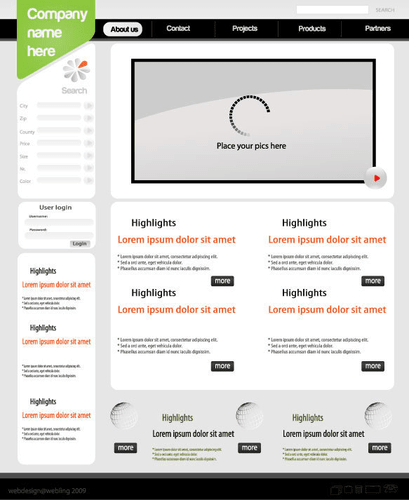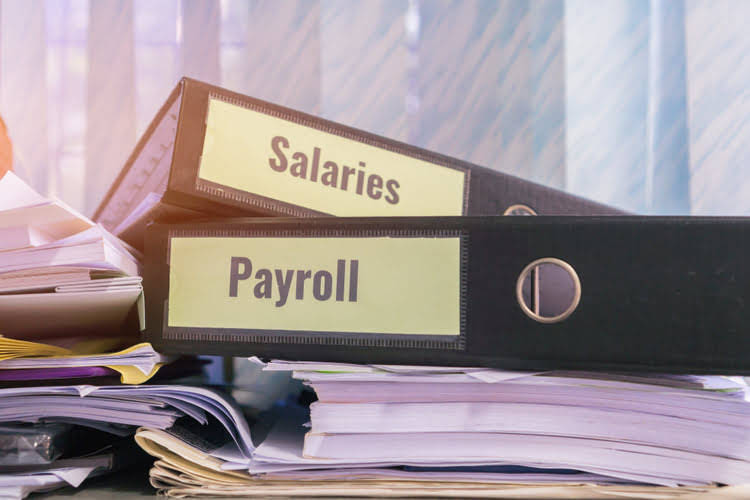
These sections include reporting income, identifying deductible expenses, and calculating the cost of goods sold. Primarily, Schedule C is tailored for sole proprietors and single-member LLCs. It’s also important for freelancers and contractors who need to declare their business profits or balance sheet losses.
- Remember that you can deduct half of your self–employment taxes on line 15 of Schedule 1.
- The IRS requires the recaptured depreciation to be taxed as ordinary income.
- Useful life is the period over which an asset is expected to generate economic benefits, influencing annual depreciation expenses and taxable income.
- Our service is accessible to all with free AI generated tax answers, and prices of just $5 per question if you want an optional tax pro review!
- Using information from your mileage log, enter the total number of miles you drove your vehicle for business (Line 44a), commuting (Line 44b) and other purposes (Line 44c).
- Self-employed income is considered taxable income by the IRS, so you want to make sure you are filing one each year.
What is Schedule C, Form 1040?

Based on the what does schedule c mean at-risk rules in the Internal Revenue Code (IRC) Section 465, deductible losses are limited to the amount a taxpayer has at risk in the activity. These rules prevent deductions for losses exceeding actual economic investment. The final section of the Schedule C form is used to report, you guessed it, any other business expenses that aren’t reported elsewhere on the form.

What’s a W-9 Form and Why Do I Have to File One?
For example, if a taxpayer contributes $30,000 in cash and property with an adjusted basis of $10,000, their at-risk amount from personal contributions totals $40,000. Keeping detailed records, such as bank statements and property appraisals, is necessary to substantiate these contributions. Enter any business-related repairs and maintenance https://www.bookstime.com/articles/gross-margin-ratio costs like labor, supplies, tools and contractor fees.
- Identifying qualifying assets is the first step in Schedule C depreciation.
- Specific tax forms and schedules, such as Form 4562 for depreciation or Form 8582 for passive activity loss limitations, require detailed documentation to justify reported figures.
- This will be your Cost of Goods Sold total as calculated on the second page of the form.
- Note whether your vehicle was available for personal use during off-duty hours.
- Expenses that benefit your business for more than one year like machinery, equipment and buildings must usually be ‘depreciated’ or spread out and deducted over multiple years instead.
- Accurate Schedule C filing is important for both legal compliance and financial health.
Gordon Law Moves Court to File Counterclaim against FTC
Distinguishing “Other Expenses” from specific line items on Schedule C requires understanding IRS guidelines. Line items are for common, recurring expenses like advertising, legal fees, and office supplies, each with a designated space on the form. For example, advertising costs are reported separately to show how resources are allocated to promoting a business. Proper documentation, such as lease agreements and utility bills, ensures accurate classification and avoids discrepancies in tax filings. The form enables taxpayers to claim a multitude of deductions for ordinary and necessary business expenses, like supplies, travel, and utilities. Beyond that importantdistinction, the IRS has devised a seven-step test for material participationin a business.

Gross income

Partnership Return of Income, and on the ScheduleK-1s given to partners or LLC members. Nonpassive activities involve substantial, regular involvement in the business. Sole proprietors often fall into this category due to their active role in daily operations. Losses from nonpassive activities can typically offset other forms of income without the same restrictions as passive losses. Properly identifying whether an activity is passive or nonpassive is crucial for accurate tax reporting.



